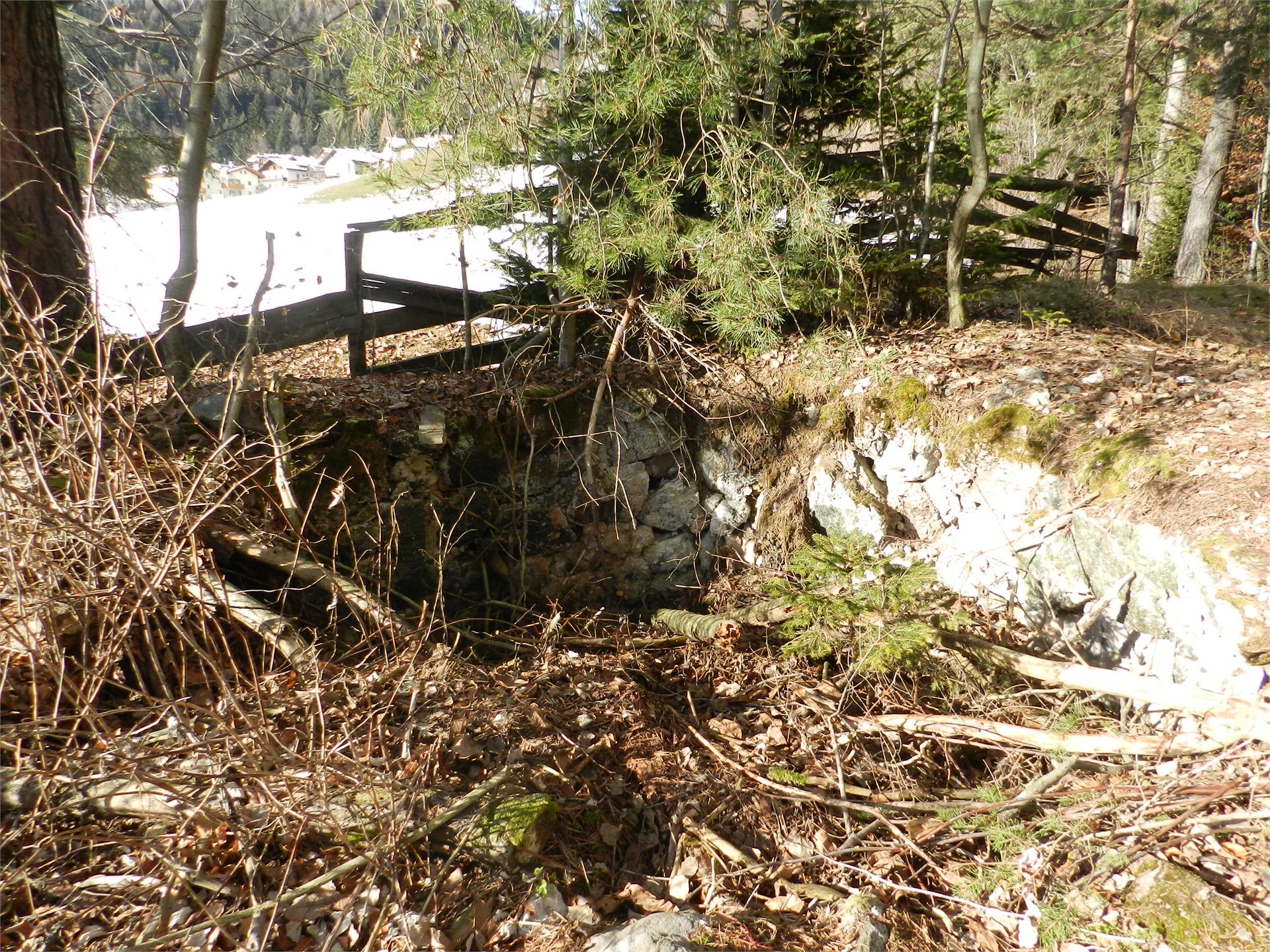The medieval city, which is surpassed in height by the mighty Sabiona Monastery mountain, proudly calls itself the "City of Dürer." Here, where the city was the scene of intense artistic activity just a hundred years ago, is where Albrecht Dürer stopped during his journey through Italy. He exploited his portrait of the city as a background for an allegorical copper-plate engraving titled "Das Grosse Glück" ("Nemesis").
Today, Klausen is still numbered among the most-beautiful of Italy's ancient cities: Its tower-studded facades, its wide alcove balconies, and the picturesque signs of its old inns and pubs were all that was needed to convince the club "I borghi più belli d'Italia" of its worthiness. And the "Treasure of Loreto" (a singular collection of works of art) in the city museum has got to be seen to be believed.


















































































